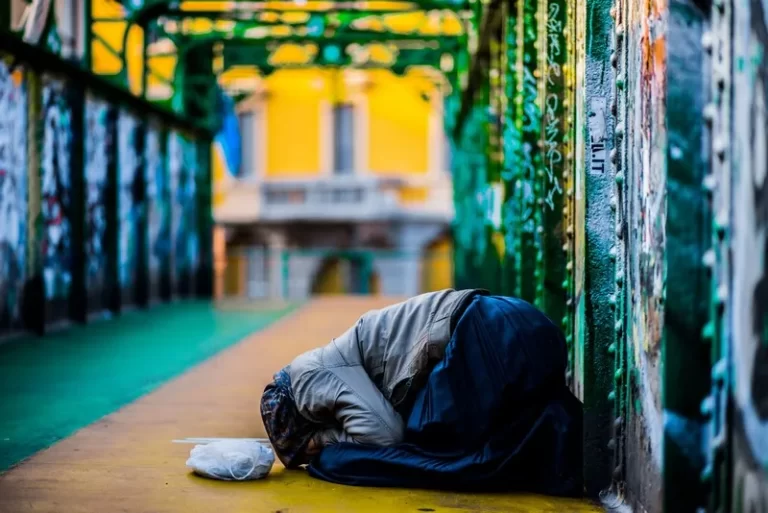Table of Contents
- What is Stigmatization?
- Historical Context of Stigmatization
- Types of Stigmatization
- The Process of Stigmatization
- Effects of Stigmatization
- Reducing Stigmatization
- Conclusion
Stigmatization is a critical concept in sociology that helps explain how individuals and groups are socially marginalized, discredited, or devalued based on certain characteristics. These characteristics might include physical appearance, behaviors, or identity markers such as race, gender, or disability. Understanding stigmatization is crucial for exploring broader social processes, including power relations, social inequality, and the maintenance of social norms. This article will introduce the concept of stigmatization, examining its origins, types, processes, and effects on individuals and society.
What is Stigmatization?
At its core, stigmatization refers to the process through which certain individuals or groups are labeled as different or deviant from societal norms. The term “stigma” originates from ancient Greek, where it was used to describe a mark or brand placed on individuals, particularly slaves or criminals, to signify their lower social status. In modern sociological terms, stigma represents a negative social mark or label that causes an individual to be treated as inferior or excluded from certain aspects of society.
Key Characteristics of Stigmatization:
- Labeling: Individuals or groups are assigned a negative label based on certain traits or behaviors.
- Stereotyping: Negative assumptions or generalizations are made about the stigmatized group.
- Separation: A social boundary is created between the stigmatized and the non-stigmatized, leading to exclusion or isolation.
- Discrimination: Stigmatized individuals often face unequal treatment, which can manifest in various forms of social, economic, or political exclusion.
Historical Context of Stigmatization
Historically, stigmatization has played a significant role in maintaining social order and reinforcing hierarchies. In traditional societies, stigmatization was often used to regulate behavior, with individuals who violated norms or rules facing severe consequences, including exile or punishment. For example, lepers in medieval Europe were stigmatized and forced into isolation because of the belief that their condition was a divine punishment or a form of social pollution.
Stigmatization in Modern Society
In contemporary society, stigmatization has evolved but remains a powerful social mechanism. While formal exclusionary practices like banishment have largely disappeared, social stigma persists in more subtle forms. This is evident in how individuals with mental illness, disabilities, or certain racial and ethnic identities are treated. Though the outward expressions of stigmatization may have changed, the underlying dynamics of social exclusion, discrimination, and devaluation continue to influence social interactions and institutional structures.
Types of Stigmatization
Stigmatization can take various forms, depending on the social and cultural context. Some of the main types of stigma include:
1. Physical Stigma
This form of stigmatization is based on visible physical characteristics such as disabilities, disfigurements, or illnesses. Individuals who do not conform to normative physical appearances may face social rejection, discrimination, or pity. For example, people with visible disabilities often experience exclusion or patronizing attitudes, with assumptions made about their abilities or worth.
2. Social Stigma
Social stigma refers to the devaluation of individuals based on characteristics related to behavior, identity, or social group membership. This includes:
- Mental illness: Individuals diagnosed with mental health disorders often face prejudice, assumptions of dangerousness, or incompetence.
- Addiction: Those struggling with substance abuse may be labeled as morally deficient or lacking self-control.
- Homelessness: Homeless individuals are frequently stigmatized as lazy or irresponsible, reinforcing their social exclusion.
3. Cultural Stigma
Cultural stigma emerges when individuals or groups are marginalized based on their ethnicity, religion, language, or cultural practices. This type of stigma is closely related to racism, xenophobia, and ethnocentrism. For example:
- Racial and ethnic minorities: People from certain racial or ethnic backgrounds may be stereotyped, leading to systemic disadvantages in areas such as employment, education, and housing.
- Immigrants: Immigrant populations are often stigmatized as outsiders or threats to the dominant social order, particularly in times of economic downturn or political tension.
4. Moral Stigma
Moral stigma is applied to individuals who are perceived to have violated moral or ethical codes. Examples include:
- Criminals: Individuals with a criminal record often face continued stigmatization after serving their sentences, impacting their ability to reintegrate into society.
- Unwed mothers: In some societies, women who have children outside of marriage may experience significant moral stigma, being viewed as irresponsible or morally lax.
The Process of Stigmatization
Get the full article AD FREE. Join now for full access to all premium articles.
View Plans & Subscribe Already a member? Log in.





